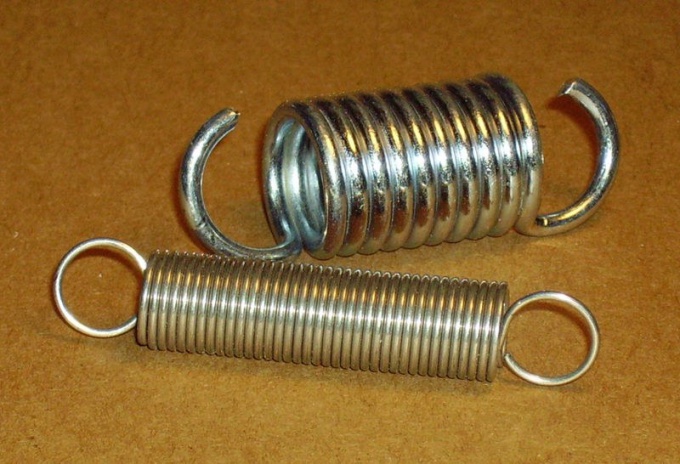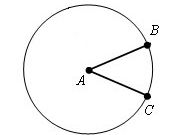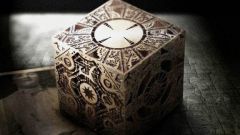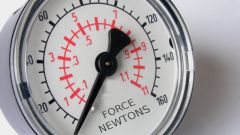You will need
- - spring;
- - caliper;
- vise;
- - protective gloves;
- protection sunglasses;
- calculator.
Instruction
1
Measure the diameter of the spring in a compressed state with the help of Vernier caliper. Don't add to it much effort to it, otherwise it will shrink, which distort the measurement result to decrease. It is best to measure the diameter in several places, and then find the arithmetic mean of the measurement results according to the following formula:D=(D1+D2+D3+...+Dn)/n, where D is the average diameter, mm, D1...Dn - measurements, mm n -number of measurements (dimensionless value).
2
Find the length of the circumference of a single turn according to the following formula:l=πD, where l is the circumference in mm, π is the number PI, D is the diameter of a single turn (mm).In fact, the revolution has not the form of circle, and oval (due to the fact that the wire has a nonzero diameter, and each coil even in the compressed state has a diagonal longitudinal section), but the elongation due to this so small that it can be ignored.
3
Count the number of turns of the spring (not necessarily in a fully decompressed state). Not to be mistaken, you can use when counting turns of the elastic strip, for example, of flexible plastic material. With each leap from round to round it will make a distinct click. Enough to count the number of clicks and add to them one (with the last round of the strip will come off almost silently, because they will not hit next).
4
Multiply the circumference of one coil to the number of turns:L=lN, where L is the length of the wire from which the retinue spring, mm, l - the circumference of one loop, mm, N is the number of turns of the spring (dimensionless value).
Note
If necessary, use protective gloves. Compress the spring and open your not sharply, and smoothly. Protect the eye.
Useful advice
Compressing a strong spring, be careful as it can slip and cause injury. Very strong springs are better measured in the uncompressed or slightly compressed state, despite the fact that the accuracy is somewhat reduced. Take particular care if used to compress a vise or other mechanical devices.





